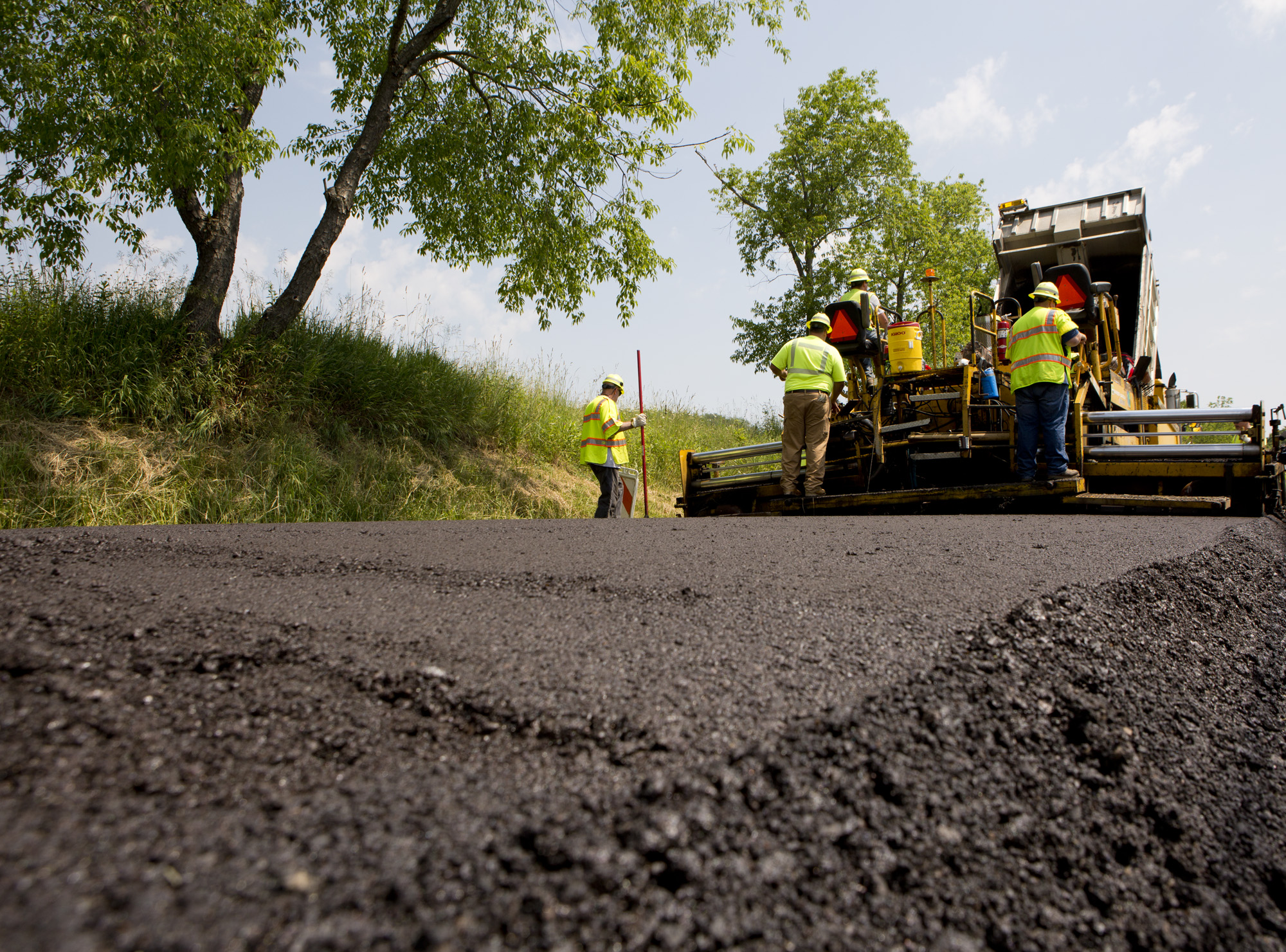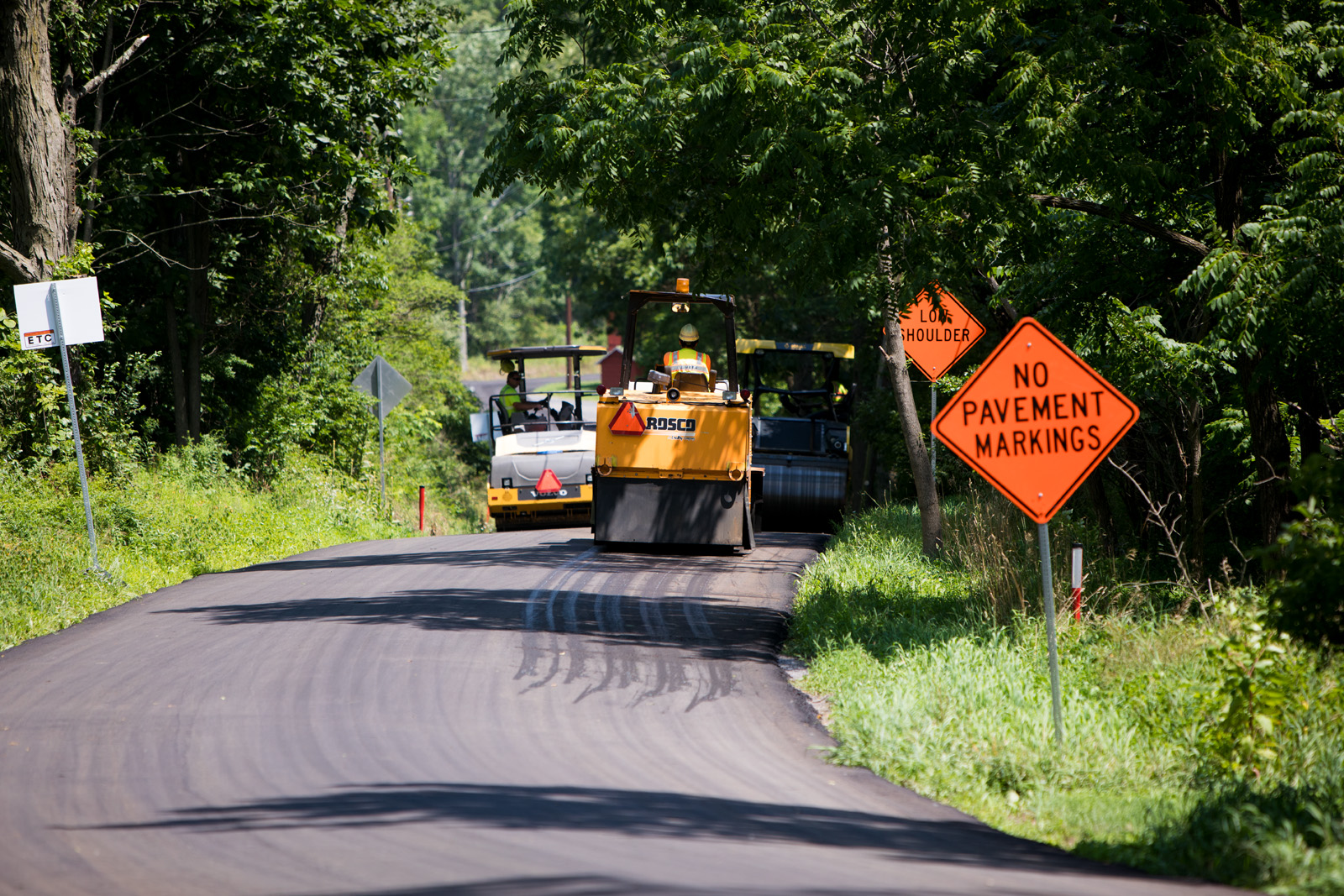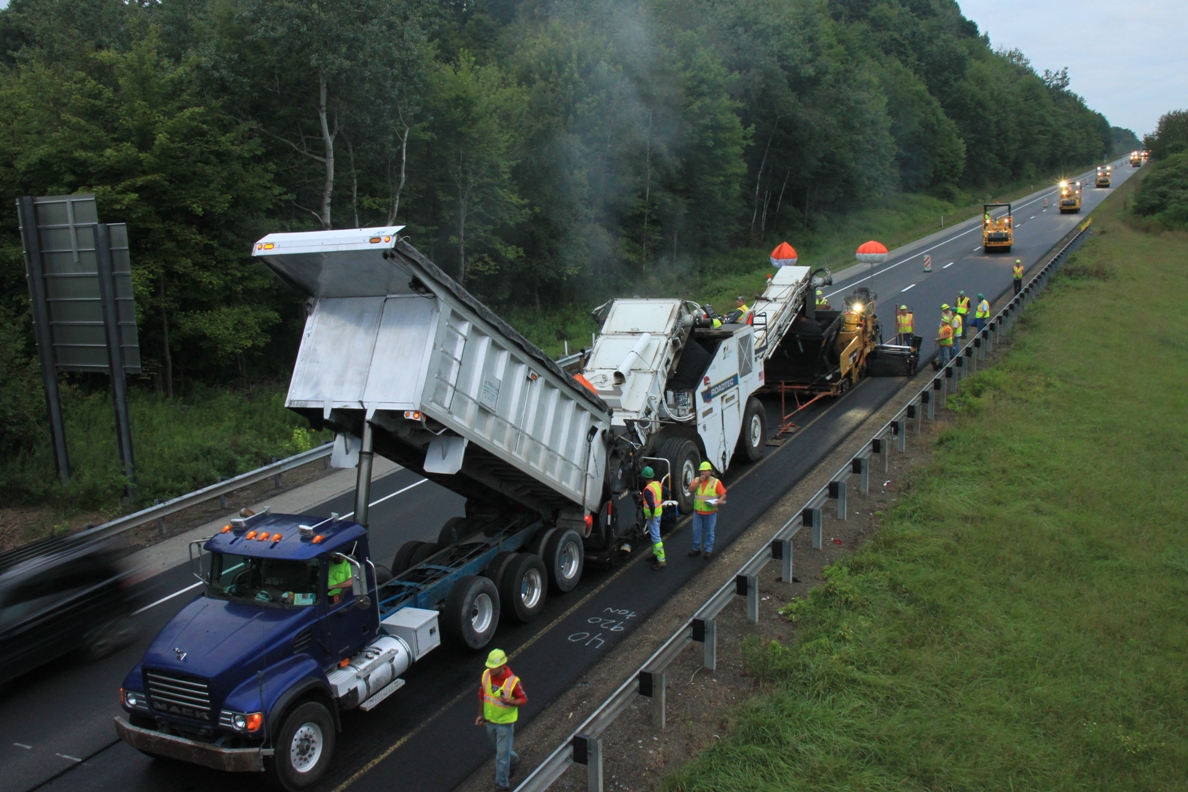Pavement Preservation (When, Where and How)

Pavement Preservation (When, Where and How) is a multi-faceted combination of strategies to provide and maintain serviceable roadways. Pavement preservation consists of activities that maximize return on roadway investments, enhance safety, extend pavement life, improve functional performance and increase user satisfaction. Pavement Preservation (When, Where and How) is a
Federal Highway Administration (FHWA) Every Day Counts Round 4 (EDC-4) innovation that Pennsylvania championed.
How Does It Work?
 Pavement Preservation (When, Where and How) is a key component of
PennDOT's Transportation Asset Management Plan (TAMP). Asset management-based decision-making is crucial to fulfilling PennDOT's mission to provide a sustainable transportation system and quality services. Asset management is a data-based decision framework applied to project selection that helps achieve and sustain the desired state of good repair for transportation assets by providing decision tools to select the proper treatment at the right time. This methodology allows assets to be managed to specific condition targets and to the lowest practical life-cycle cost (LCC).
Pavement Preservation (When, Where and How) is a key component of
PennDOT's Transportation Asset Management Plan (TAMP). Asset management-based decision-making is crucial to fulfilling PennDOT's mission to provide a sustainable transportation system and quality services. Asset management is a data-based decision framework applied to project selection that helps achieve and sustain the desired state of good repair for transportation assets by providing decision tools to select the proper treatment at the right time. This methodology allows assets to be managed to specific condition targets and to the lowest practical life-cycle cost (LCC).
Pavement Preservation treatments may include:
• Crack and joint sealing – designed to protect pavement by minimizing water infiltration and preventing the accumulation of debris
• Seal coating – used to prolong the life of pavement and slow deterioration, such as oxidation and cracking
• Pavement overlays – used to restore surface course characteristics, such as smoothness, friction and aesthetics, or add structural support to an existing pavement
• Asphalt patching/base repair and concrete patching – addresses structural failures and localized deterioration
What Are The Benefits?
A series of well-timed preservation activities extends pavement life, maintains the pavement at a higher performance level for longer and lowers the total LCC. Constructing quality pavement preservation treatments when the pavement condition is still satisfactory can impede deterioration, extend service life and cost-effectively maintain, or improve functionality while enhancing safety and contributing to customer satisfaction.

Benefits of Pavement Preservation include:
• Extended pavement life
• Lower annual maintenance costs over the life of the pavement
• More effective use of resources – time, money, and materials
• Pavement condition meets drivers' expectations
Innovation In Motion

Federal pavement management provisions enacted in the
Moving Ahead for Progress in the 21st Century Act (MAP-21) and continued by the
Fixing America's Surface Transportation (FAST) Act require each state transportation agency to develop and implement a risk-based pavement management plan to encourage states to achieve and sustain a state of good repair over the life cycle of transportation pavements, regardless of ownership, and preserve or improve the condition of the National Highway System (NHS).
PennDOT's TAMP prioritizes preservation activities to extend pavement life. The TAMP establishes targets for and is consistent with the NHS plan at the federal level.
The PennDOT TAMP:
• Establishes targets for NHS pavement and bridge conditions;
• Summarizes Pennsylvania's inventory of NHS pavement and bridge assets by structure type, class, owner and condition;
• Forecasts NHS asset conditions by year for at least a 12-year planning horizon at current funding levels; and
• Outlines Pennsylvania's asset management processes integrated into long-range planning, project programming, financial planning and risk assessment.
More Information
For more information about this innovation, contact the
STIC Management Team.